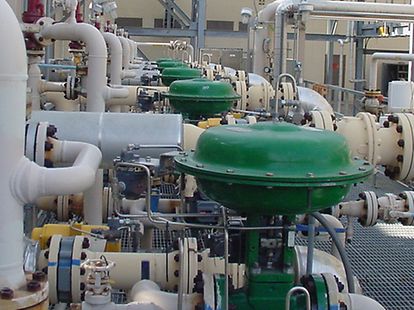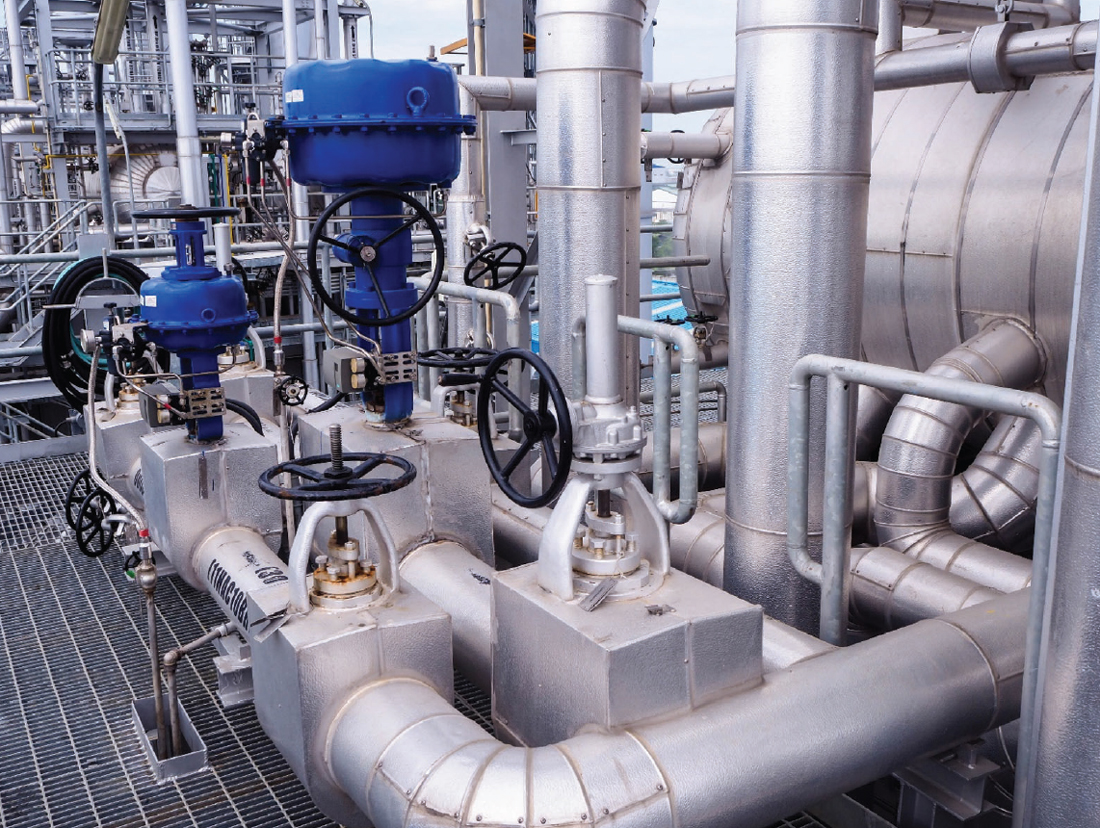Achieve Seamless Assimilation and Control With Quality Structure Automation Controls
In the realm of modern structure monitoring, the importance of top quality building automation controls can not be overemphasized. Embracing quality building automation controls is not just a matter of comfort but a tactical critical for companies intending to enhance their facilities' efficiency and sustainability.

Development of Building Automation Controls
Throughout the past few years, the evolution of developing automation controls has actually significantly changed the way structures are managed and operated. Initially, building automation systems mostly concentrated on fundamental functions such as controlling air, home heating, and air flow conditioning (A/C) systems. However, as technology progressed, these controls have become more sophisticated, enabling a broader variety of structure systems to be incorporated and managed centrally.
The development of constructing automation controls has seen a change in the direction of more intelligent systems that can adjust to altering problems in real-time. This flexibility is vital for enhancing power performance and making certain occupant convenience. In addition, modern building automation controls currently offer functions such as predictive upkeep, remote monitoring, and data analytics, making it possible for facility supervisors to make data-driven decisions to improve building efficiency.

Advantages of Top Quality Combination
The innovation in building automation manages in the direction of even more smart systems has highlighted the substantial advantages of top quality assimilation in maximizing structure procedures and boosting total efficiency. Quality integration of building automation controls provides several crucial benefits. First of all, it leads to boosted power performance by enabling various systems to collaborate perfectly, ensuring optimum efficiency and decreasing energy wastage. Second of all, high quality integration enhances occupant comfort and productivity by enabling personalized control over ecological setups like temperature, illumination, and air quality. This personalization can cause a more comfortable and favorable working or living setting. In addition, quality combination streamlines upkeep and repairing processes, as all systems are interconnected and can be checked and managed from a central user interface. This central control also provides better exposure and understandings into structure efficiency, enabling proactive maintenance and optimization techniques. In general, the advantages of quality integration in building automation controls are indisputable, supplying enhanced effectiveness, convenience, and operational efficiency.
Boosted Individual Experience and Accessibility
Enhancing user communication with structure automation manages via intuitive design and enhanced ease of access boosts the total experience for residents and facility managers alike. By concentrating on individual experience, constructing automation systems can come to be much more effective and easy to use. User-friendly interfaces, clear navigation, and personalized settings empower individuals to interact with the controls conveniently and efficiently.
Accessibility features play an essential role in making certain that all individuals, including those with disabilities, can use the building automation controls with ease. Integrating attributes such as voice commands, responsive buttons, and color-contrasted screens can boost ease of access and make the controls more inclusive.
In addition, improved user experience causes higher user complete satisfaction, raised productivity, and much better decision-making. Occupants news can adjust ecological setups according to their choices, while facility managers can efficiently manage and keep track of building systems - control valves. In general, prioritizing user experience and availability in structure automation regulates adds to a more smooth and productive structure atmosphere for all stakeholders included
Lasting Practices Through Automation

In addition, automation can help with the combination of eco-friendly energy sources such as solar panels or wind generators into structure procedures. Via automation, structures can align with contemporary sustainability goals and contribute to a greener future.
Future Trends in Building Control Systems
In expectancy of progressing modern technologies and progressing sustainability techniques, the trajectory of building control systems is poised to welcome cutting-edge options and transformative methods. One popular pattern shaping the future of building control systems is the enhanced combination of Expert system (AI) and equipment learning. These technologies make it possible for structures to adapt in real-time to altering conditions, enhancing power consumption and enhancing convenience for passengers. Additionally, the Web of Points (IoT) is revolutionizing structure control systems by linking sensors and devices to visite site simplify procedures and enhance effectiveness.
Another essential pattern is the focus on cybersecurity procedures to shield versus potential threats to building automation systems. As buildings end up being extra interconnected, guaranteeing durable cybersecurity protocols will certainly be vital to secure sensitive information and stop unauthorized accessibility.
Furthermore, the change towards cloud-based platforms is acquiring momentum, enabling streamlined control and remote accessibility to building systems. This promotes less complicated monitoring, upkeep, and updates, improving the general performance and adaptability of building control systems. As innovation remains to breakthrough, these fads are expected to shape the future landscape of structure automation controls, driving technology and sustainability in the constructed atmosphere.
Conclusion
In final thought, developing automation controls have actually developed substantially, using various advantages such as boosted individual experience, availability, and sustainable techniques. Quality combination plays a key duty in achieving smooth control and effective procedure of building systems. Future trends in structure control systems are likely to concentrate on additional improving automation abilities for improved energy performance and general efficiency. It is vital for structure proprietors and drivers to focus on the fostering of top quality building automation regulates to enhance structure operations and attain long-term sustainability objectives.
In the realm of modern structure administration, the significance of top quality structure automation controls can not be overstated. In general, the advancement of building automation regulates proceeds to drive innovation in the structure management sector, providing new possibilities for producing smarter and a lot more lasting buildings.
The improvement in structure automation manages in the direction of even more intelligent systems has actually emphasized the substantial benefits of quality combination in enhancing building operations and enhancing general performance. In general, focusing on user experience and availability in structure automation controls adds to a much more seamless and effective structure environment for all stakeholders involved.
It is crucial for structure owners and operators to prioritize the adoption of high quality building automation regulates to enhance structure operations and achieve long-term sustainability goals. - control valves